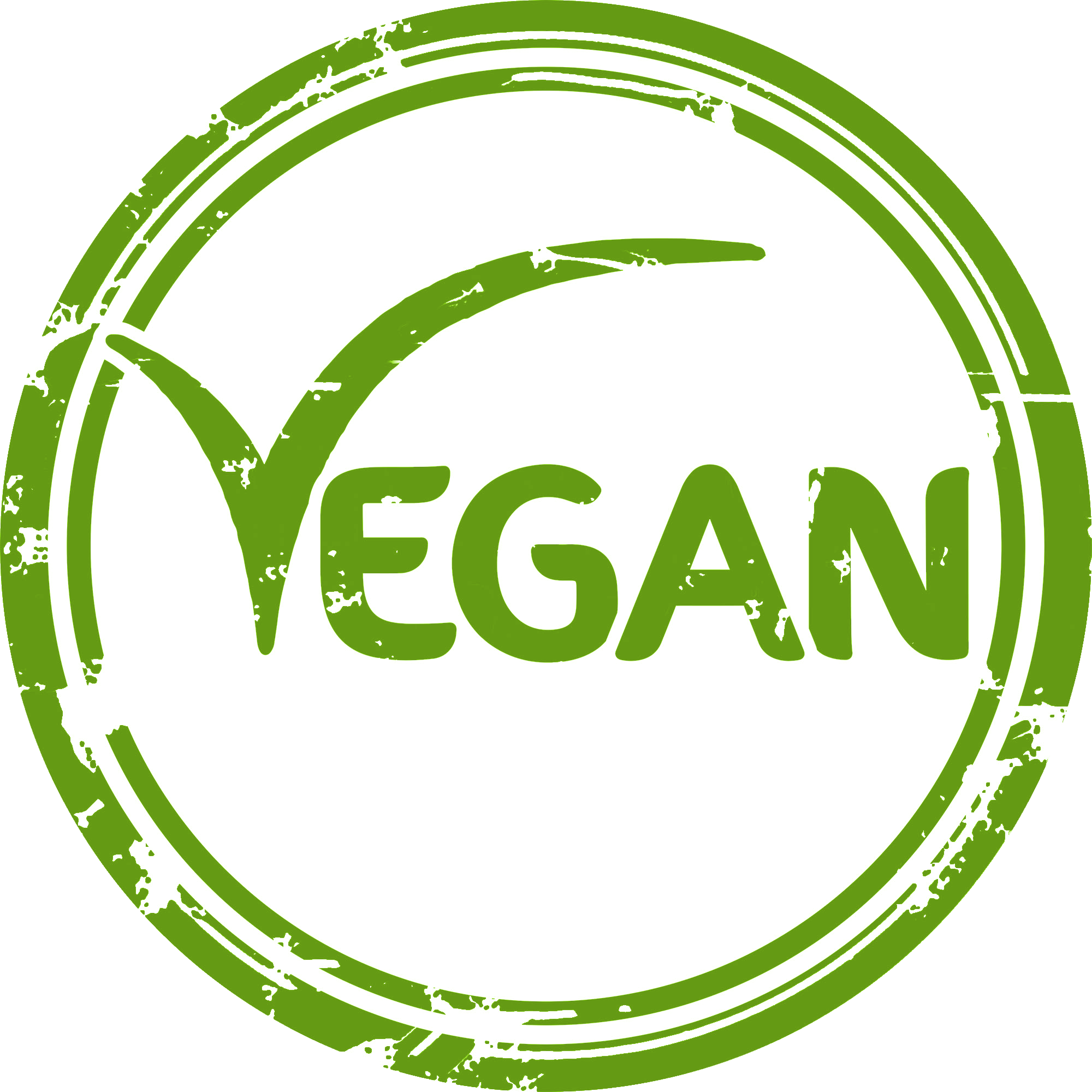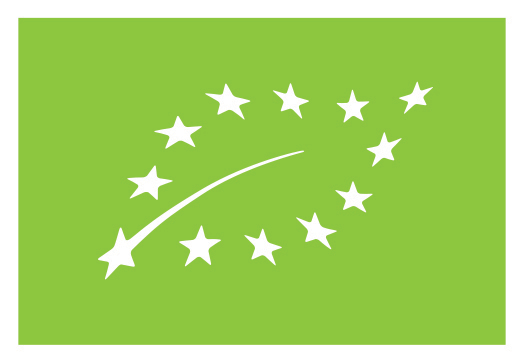

- Who are we ?No content found
- Our Ranges
- Find our products
- Our recipes
- FAQ
- Miscellaneous
Find the most frequently asked questions about soy here. Recommendations concerning its consumption and its impact on health, the environment…
Soy is the protein, according to the FAO (Food & Nutrition Organization) that is best suited to human needs.
Animal proteins have a flaw, they contain too much methionine, an essential but toxic amino acid. So, if we ingest more than our needs, we will somehow poison our body. This excess methionine will be transformed into a harmful compound, and will above all acidify the body. The harmful compound is called homocysteine. Conversely, if you do not have enough methionine, you will weaken, for example, the immune response.
What makes soy so interesting is that the methionine intake is perfectly adjusted to our needs. So we are not going to generate, for example, homocysteine. And there is enough of it for the immune system to function optimally.
Another advantage of soy is that it contains a lot of arginine. Arginine is not an essential amino acid, but is interesting, and soy contains more of it than we need.
This excess arginine is broken down in the body into what is called nitric oxide, which is a vasodilator. It will therefore dilate the arteries, allow better circulation of the blood and it will, for example, prevent advances or cardiovascular diseases.
Le soja qui est cultivé en France a un taux de protéines qui se situe aux alentours de 41 %. Mais il faut savoir qu’on ne consomme jamais le soja en l’état, sauf sous forme d’edamame (préparation de fèves de soja immatures, d’origine extrême-orientale).
En France, on consomme surtout le soja sous forme de tofu qui contient environ 11% de protéines. Il est donc facile de couvrir ses besoins en protéines puisque dans 200 grammes de tofu, on a à peu près 22gr de protéines. Donc une ou deux portions de tofu par jour suffit pour couvrir largement nos besoins en protéines.
À noter qu’il y a la même quantité de protéines entre le lait de soja et le lait de vache. Il répond d’ailleurs à une norme Afnor (très codifiée et reconnue officiellement en France). Le lait de soja contient moins de calcium que le lait de vache mais est beaucoup plus riche en magnésium que ce dernier. Or pour la bonne santé du tissu osseux, il vaut mieux avoir du magnésium que du calcium.
What makes soy different from other legumes is that it is a non-acidifying source of protein. It has a PRAL index which is slightly negative, which means that it will not acidify the body, whereas lentils will slightly acidify it. Animal proteins, because they contain a lot of methionine, will be extremely acidifying. Soy is the only protein source that is mildly alkaline. It is truly a feat that can be explained by the presence of other amino acids such as aspartic acid for example, which is present in significant quantities.
Another advantage is that soy has a very low glycemic index, since it contains good Omega-3 fatty acids which, for example, will thin cell membranes and therefore reduce insulin resistance. We don’t know it, but good fats make you lose weight. This is the case of Omega-3 found in soybeans and rapeseed. Other legumes are devoid of Omega-3.
The only thing to watch out for when eating soy (or crucifers) is to watch your iodine intake. Indeed soybeans or cabbage are very anti-cancer foods, but which can limit the absorption of iodine a little. It is therefore necessary from time to time to eat a little seaweed or salt your food, with iodized salt (even if salt is to be limited in the diet).
Considered a “soy cheese”, or “soy curd”, traditional tofu is obtained by physico-chemical reaction and gelation of proteins, after adding nigari (magnesium and calcium salt) while hot.
The high quality of Tofu Extra Sojabio and more generally of all our products is due to the lactofermentation they undergo during their manufacture, a natural process that transforms the sugars contained in soy milk into lactic acid.
We obtain food with multiple advantages, mainly due to the quality of the lactic acid bacteria selected by us:
they promote intestinal balance and enrich the microbiota.
they are bioavailable and aid digestion.
they help neutralize pathogenic bacteria and reactivate immune defences.
It has always been said that one of the major problems for a vegan diet (diet without any food of animal origin) was the deficiency of vitamin B12 (cobalamin), essential for many functions of the organism, because the latter does not did not exist in the plant kingdom.
In reality, B12 is neither of vegetable origin nor of animal origin, but of fermentation origin produced by micro-organisms, and if it is found in foods of animal origin, it is because bacteria present produced it and it was stored in the organism of ingested animals.
Since its beginnings, the traditional cheese dairy has also provided humans with products rich in B12 such as Comté, Emmental, Camembert, Parmesan… and this thanks to the micro-organisms involved in their production.
The Nutritional Reference Value for humans is 2.5 µg.
For several years, the SOJAMI team has been working on this theme and, today, it is pleased to offer La Bûchette soy & almond, a fermented specialty rich in natural B12, with an average content of 1.3 µg for 100g, which represents more than 50% of the recommended daily allowance.
This unique specialty with soy and almond juice is made after various fermentations and maturations occurring over several days, and requiring great attention.
It can be seasoned, tasted as it is on bread, or accompanied by cereals and vegetables… Free choice to your imagination…
When we look at the scientific literature concerning soy, we realize either that it has no particular effects, or that it has beneficial effects on cholesterol, diabetes or obesity.
We must never lose sight of the fact that soy is just one bean among others. It is a legume that is part of the pea, bean family. These foods have been consumed for millennia without any inconvenience being observed, and their consumption is recommended by AFSSA.
In addition, there are more than 10,000 studies conducted on soy and not a single one has been able to establish the slightest health risk. Most health agencies around the world recommend or encourage the consumption of soy (China, Japan, Canada, United Kingdom, United States, etc…).
It is obvious that soy juice is not suitable for feeding children under 1 year of age, but this is also the case with cow’s milk.
The ideal for feeding an infant remains breastfeeding or infant formula, whether made from cow’s milk protein or from soy protein isolate. The latter are the only ones which, by their composition, perfectly meet the nutritional needs of young children. They comply with particularly strict regulatory requirements.
The period of food diversification generally begins from one year. It is at this time that we begin to gradually introduce foods for everyday consumption. There is no contraindication to integrating soy foods, as long as the rule valid for all foods is applied: a gradual introduction, in moderate quantities and as part of a varied and balanced diet.
Epidemiological studies show no relationship between soy consumption and the risk of developing cancer.
The most recent even show that soy consumption helps reduce the risk of breast cancer, especially when it is started early (before adolescence) and maintained throughout life*.
The European Health Safety Authority (EFSA) published a report in October 2015 confirming the safety of taking isoflavones.
This report concludes that there is no increased risk of breast cancer or effect on breast density, long held misconceptions. No effect either on the endometrial thickness or on the tissues at the level of the uterus after 30 months with 150 mg of isoflavones per day, which is well beyond the possible contributions by regular consumption of soy foods. For example, this is equivalent to 18 soy desserts per day!
ANSES (French National Agency for Food, Environmental and Occupational Health Safety) nevertheless mentions a precautionary principle, especially in women with a history of breast cancer. It is recommended not to exceed 1mg of isoflavones per kg of body weight per day.
This remains compatible with normal consumption of soy products since this threshold represents more than 200g of tofu or 1l of soy drink.
The effects of phytoestrogens contained in soy are sometimes likened to those of conventional estrogens. But if semantically the words are very similar, their compositions and their functioning are radically different.
First of all, you should know that if soy does indeed contain phytoestrogens, these are present everywhere in the plant kingdom, whether in foods such as tea, coffee, fruits, cereals, etc. Soy isn’t the richest plant in phytoestrogens. Flax contains more, as do peas.
From a chemical point of view, phytoestrogens and estrogens are radically different. Our estrogens are molecules extremely close to cholesterol. They are fat-soluble fatty compounds. “Phytoestrogens” are flavonoids (isoflavones), polyphenols which are made from an amino acid, therefore a component of proteins which are as such soluble in water.
From a biological point of view, isoflavones have an estrogenic activity 1000 times weaker than estrogens!
Of all the studies carried out on this subject, none show a negative effect of soy consumption on the sexual development of the child, the age of puberty or hormonal diseases. On the contrary, the European Health Safety Authority (EFSA) published in October 2015 a report confirming the safety of taking isoflavones.
It is even worth noting that soy isoflavones are antioxidants, and as such they help to protect the body’s cells against the appearance of cancerous cells.
At Sojami we strive to adopt an approach that is as eco-responsible as possible during all the production phases of our products. From their design to their distribution (organic and local soybean, production site labeled eco-factory, recovery of co-products, etc.).
In terms of our packaging, we also try to follow this eco-responsible approach. The cardboard used comes from managed forests, PEFC certified and the inks are 100% vegetable.
However, we encounter a limit concerning plastic packaging. Indeed, the lactofermentation process applied to each of our products and which gives them their nutritional advantages (richness in probiotic ferments, in unsaturated fatty acids, etc.), prevents us from using “organic” biodegradable materials to condition them because the contact between this material and the fermented product disrupts the lactofermentation phenomenon. This can alter the taste and/or texture of the product (as well as weaken the biodegradable packaging and compromise its tightness).
So far we have opted for polypropylene plastic packaging which has the advantage of being free of bisphenol A and B or phthalates (substances potentially harmful to health).
However, our teams carry out regular technological monitoring in order to find a more ecological solution in the future.
Pour ne rien manquer de notre actualité (nouveautés, recettes, promotions…).